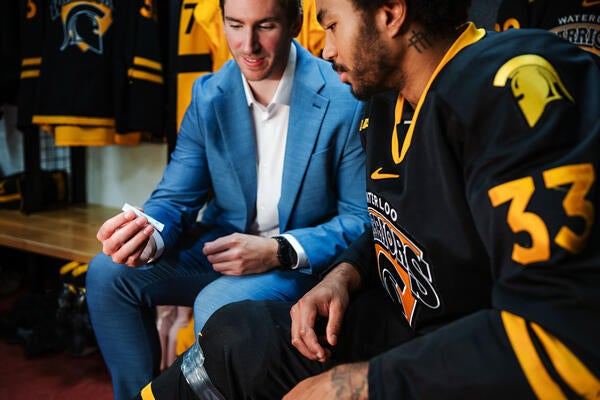Researchers have answered key questions to help prevent damage and improve the safety of hydraulic systems used for pipelines, water turbines and other applications.
The work, led by engineers at the University of Waterloo, investigates a phenomenon known as cavitation, or the formation and collapse of destructive gas-filled bubbles resulting from rapid pressure changes in liquids.
Cavitation is behind a well-known party trick that involves shattering the bottom of a liquid-filled bottle by striking its open top with the palm of your hand.
“The growth and collapse of cavitation bubbles are fascinating,” said Zhao Pan, a professor of mechanical and mechatronics engineering who led the research. “They are usually small and fast, but they can cause serious damage even on surfaces such as hard alloys and glass.”
The researchers developed a theoretical model to predict the formation and size of large, particularly damaging bubbles based on the acceleration and velocity of fluid flow. Experiments using high-speed photography validated the theory.
Information provided by the model will help engineers design hydraulic systems and develop operation guidelines to minimize wear and tear, avoid major failures, and improve the reliability of the technology.
In the party trick, hitting the bottle causes high acceleration of the liquid relative to the walls of the bottle. That reduces the pressure of the liquid at the bottom, triggering the rapid formation of gaseous bubbles.
When those bubbles collapse, or implode, they temporarily create high temperatures, high-speed micro-jets and shockwaves. Those effects are powerful enough to break the glass.
The phenomenon is a common culprit in damaged water pipes and ship propellers, for example. In extreme cases, it has led to disastrous pipe failures in hydropower plants.
“On the other hand, the power of these bubbles can also be harnessed for good,” Pan said. “Cavitation can be used to break up kidney stones, kill bacteria without using chemicals, and even in the production of beer and chocolate.”
Pan previously worked with researchers in Japan and the United States on a new theory of small cavitation bubbles caused by the acceleration of liquids that explained how the trick works. Recent work extends those results to the prediction of large bubbles. A paper on the research, On the criteria of large cavitation bubbles in a tube during a transient process, appears in the Journal of Fluid Mechanics. Pan collaborated on the new study with researchers from Tsinghua University in China.
The banner image which shows someone shattering the bottom of a liquid-filled bottle by striking its open top is courtesy of Splash Lab.








